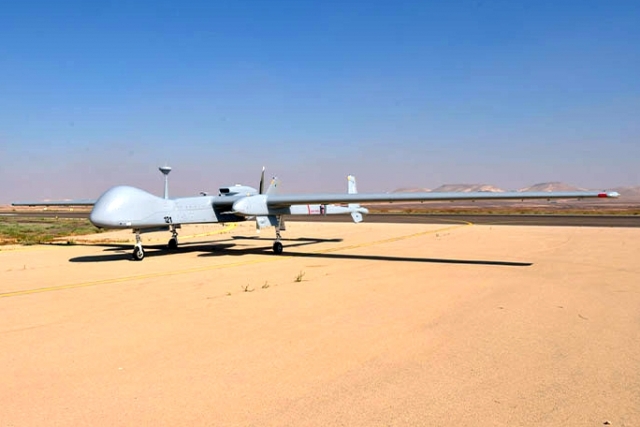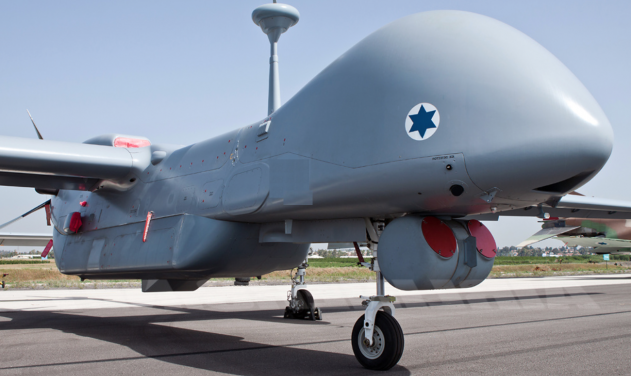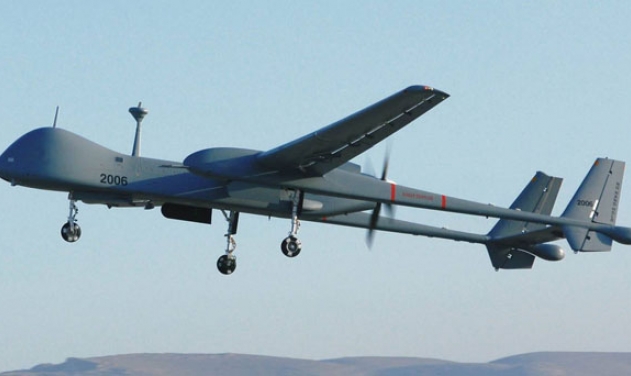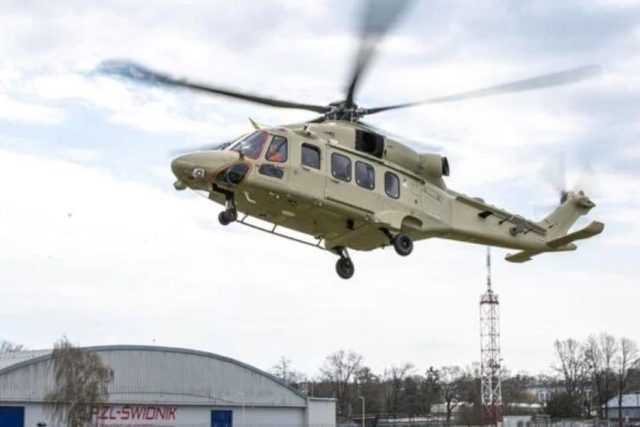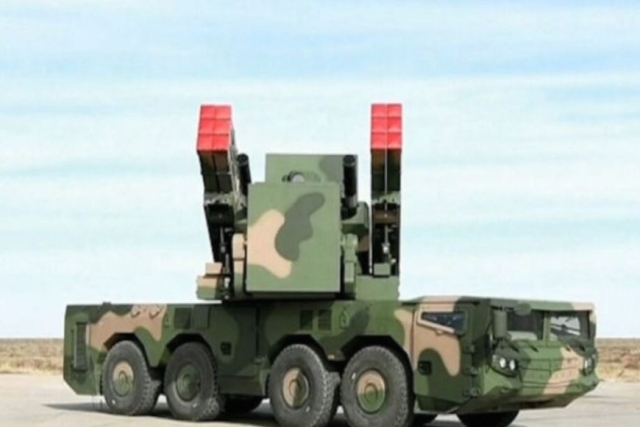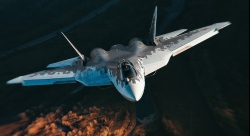German Israel-made Heron TP Drone Completes Cross-Border Flight in European Airspace
The goal of these tests is to make sure drones can safely operate in the same airspace as commercial flights.
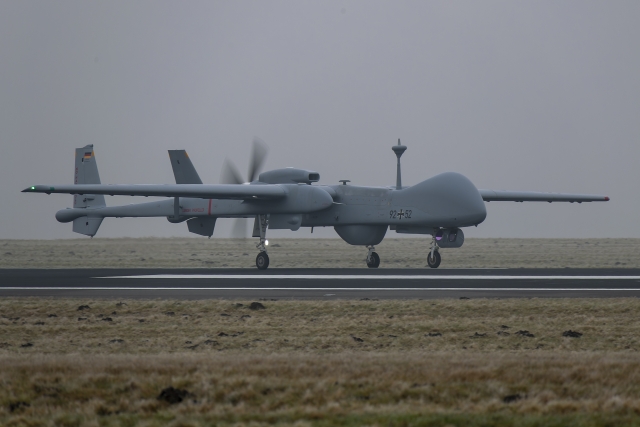
A German Heron TP drone completed a cross-border flight between Germany and the Netherlands on February 3, further advancing the integration of remotely piloted aircraft systems (RPAS) into general air traffic (GAT) airspace.
This round-trip flight, which spanned both military- and civilian-controlled airspace, demonstrated the ongoing efforts to enable RPAS to safely coexist with commercial airlines and other manned aviation in shared airspace.
The flight built on previous projects by the European Defence Agency (EDA), which has been working with European Union member states to safely integrate RPAS into European airspace. A similar flight took place between France and Spain in December 2021, but the February 2025 flight marked the first time that such a test occurred in upper airspace, typically dominated by commercial aircraft.
The flight was initiated by the EDA through a tender process, which was awarded to a consortium led by the German Aerospace Center (DLR), alongside the Netherlands Aerospace Centre (Royal NLR) and the German armed forces.
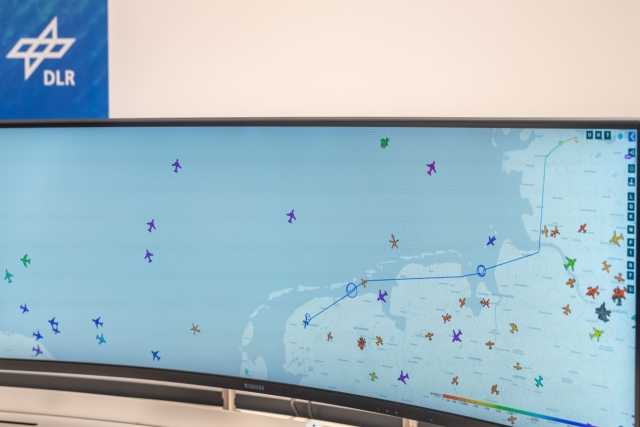
The German air force provided the Heron TP drone, while the German military aviation authority supported the testing process.
The Heron TP, a joint project between Airbus and Israel Aerospace Industries, has a 26-metre wingspan and is capable of flying for over 24 hours. It was launched from Schleswig in northern Germany, initially climbing in military-controlled airspace. The flight then transitioned into civilian-controlled airspace, reaching altitudes of over 8,500 meters (28,000 feet) above sea level, an area regularly occupied by commercial airliners.
The EDA, together with the European Union Aviation Safety Agency (EASA) and EUROCONTROL, aims to establish safe procedures for the integration of large RPAS into general air traffic. By conducting these test flights, the EDA seeks to refine measures that bridge the gap between 'accommodation' and full integration of RPAS into European airspace. This collaborative work between the EDA, EASA, EUROCONTROL, and national aviation authorities is focused on ensuring a secure and efficient airspace across Europe.
The German-Dutch mission incorporated lessons learned from previous tests to refine procedures and further develop cross-border RPAS flight protocols. The upcoming test flights will focus on confirming that integration procedures are ‘aircraft agnostic,’ ensuring that the procedures can be applied to various RPAS platforms, including civilian drones. These tests will also evaluate the handling of communication failures between the remote pilot and the aircraft, as well as the drone's operation at its maximum altitude. These efforts are part of the long-term goal of achieving full integration of RPAS into shared European airspace.

